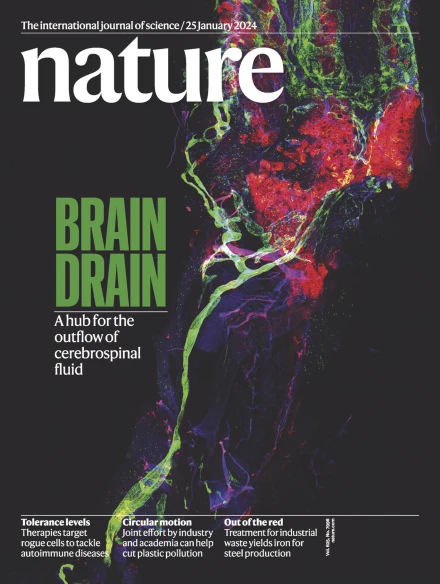Fungal impacts on Earth’s ecosystems
IF 50.5
1区 综合性期刊
Q1 MULTIDISCIPLINARY SCIENCES
引用次数: 0
Abstract
Over the past billion years, the fungal kingdom has diversified to more than two million species, with over 95% still undescribed. Beyond the well-known macroscopic mushrooms and microscopic yeast, fungi are heterotrophs that feed on almost any organic carbon, recycling nutrients through the decay of dead plants and animals and sequestering carbon into Earth’s ecosystems. Human-directed applications of fungi extend from leavened bread, alcoholic beverages and biofuels to pharmaceuticals, including antibiotics and psychoactive compounds. Conversely, fungal infections pose risks to ecosystems ranging from crops to wildlife to humans; these risks are driven, in part, by human and animal movement, and might be accelerating with climate change. Genomic surveys are expanding our knowledge of the true biodiversity of the fungal kingdom, and genome-editing tools make it possible to imagine harnessing these organisms to fuel the bioeconomy. Here, we examine the fungal threats facing civilization and investigate opportunities to use fungi to combat these threats. This Review delves into the fungal kingdom, exploring the relationships among fungi, animals, plants and the environment, and investigating both the threats posed by fungi and their potential benefits.

求助全文
约1分钟内获得全文
求助全文
来源期刊

Nature
综合性期刊-综合性期刊
CiteScore
90.00
自引率
1.20%
发文量
3652
审稿时长
3 months
期刊介绍:
Nature is a prestigious international journal that publishes peer-reviewed research in various scientific and technological fields. The selection of articles is based on criteria such as originality, importance, interdisciplinary relevance, timeliness, accessibility, elegance, and surprising conclusions. In addition to showcasing significant scientific advances, Nature delivers rapid, authoritative, insightful news, and interpretation of current and upcoming trends impacting science, scientists, and the broader public. The journal serves a dual purpose: firstly, to promptly share noteworthy scientific advances and foster discussions among scientists, and secondly, to ensure the swift dissemination of scientific results globally, emphasizing their significance for knowledge, culture, and daily life.
 求助内容:
求助内容: 应助结果提醒方式:
应助结果提醒方式:


